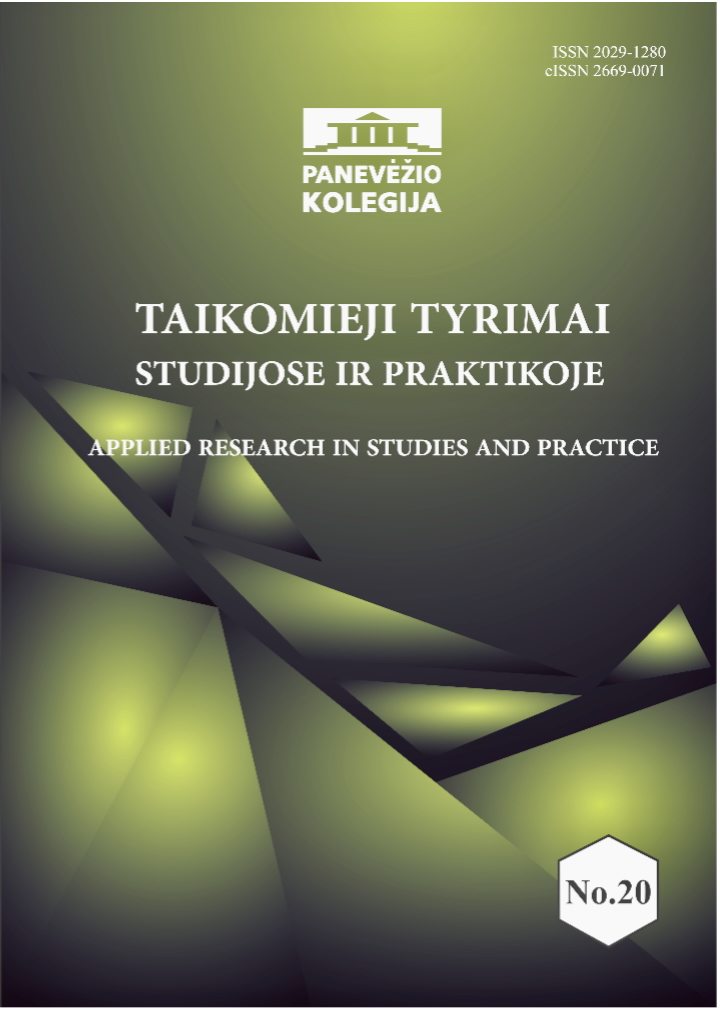FUTURE HEALTHCARE DELIVERY VIA TELE-NURSING AND TELE-REHABILITATION
Keywords:
tele-health, tele-nursing, tele-rehabilitationAbstract
To combat healthcare-associated infections, especially during coronavirus disease (COVID-19) period, access to face-to-face or traditional consultations has been significantly limited, and the healthcare systems have resorted to remote service delivery techniques such as tele-health. Tele-health can be defined as any intervention in which clinical information is transferred remotely between patients and healthcare professionals. Tele-health helps to provide health education, to give effective applications of various therapies and monitor of symptoms and adverse events. One of the more frequently, widely and modernly used health care services are tele-nursing and tele-rehabilitation. Telehealth care, led by nurses, was expanded with the advent of the COVID-19 pandemic, which had as its strengths care provided without the risk of transmission of SARSCoV-2, greater access to healthcare, continuous and patient-centered care and increased satisfaction among patients and nurses. Several studies related application of tele-rehabilitation already demonstrates effectiveness, safety, and feasibility for individuals with different physical impairment. However, some factors still need better understanding in tele-nursing and tele-rehabilitation implementation stages, highlighting the different strategies used and its’ beneficial aspects for patients using services remotely more often and health care professionals providing the best health care delivery by telephone, text message, email, chat or video call.
Downloads
Published
Issue
Section
License
Copyright (c) 2024 Taikomieji tyrimai studijose ir praktikoje - Applied research in studies and practice

This work is licensed under a Creative Commons Attribution 4.0 International License.

This work is licensed under a Creative Commons Attribution 4.0 International License.
Please read the Copyright Notice in Journal Policy.



